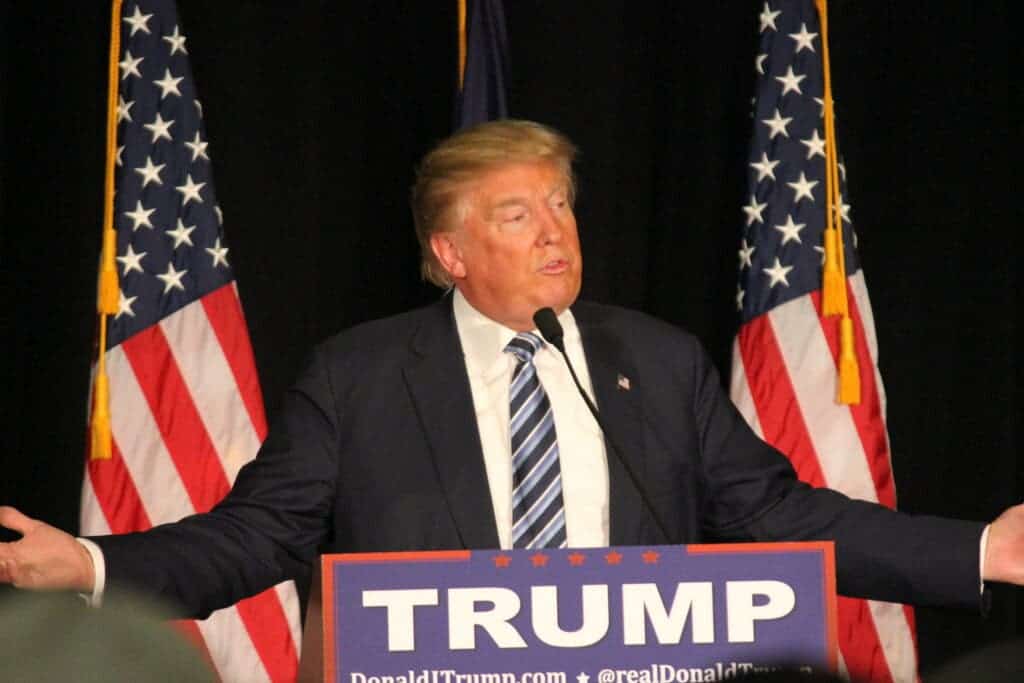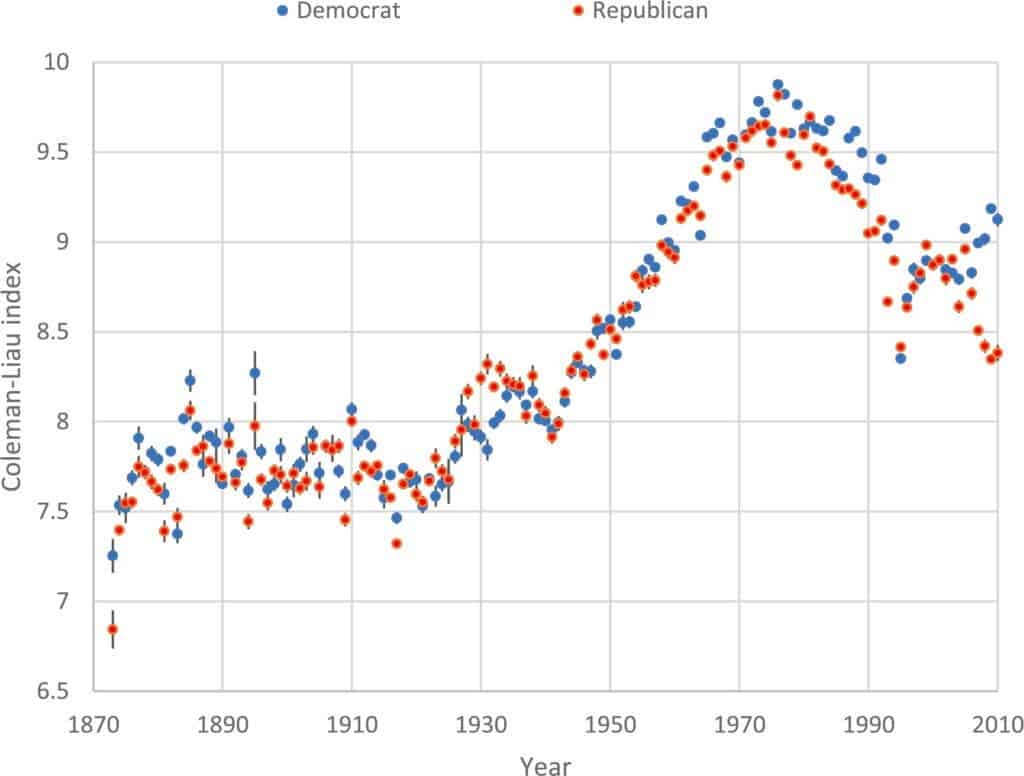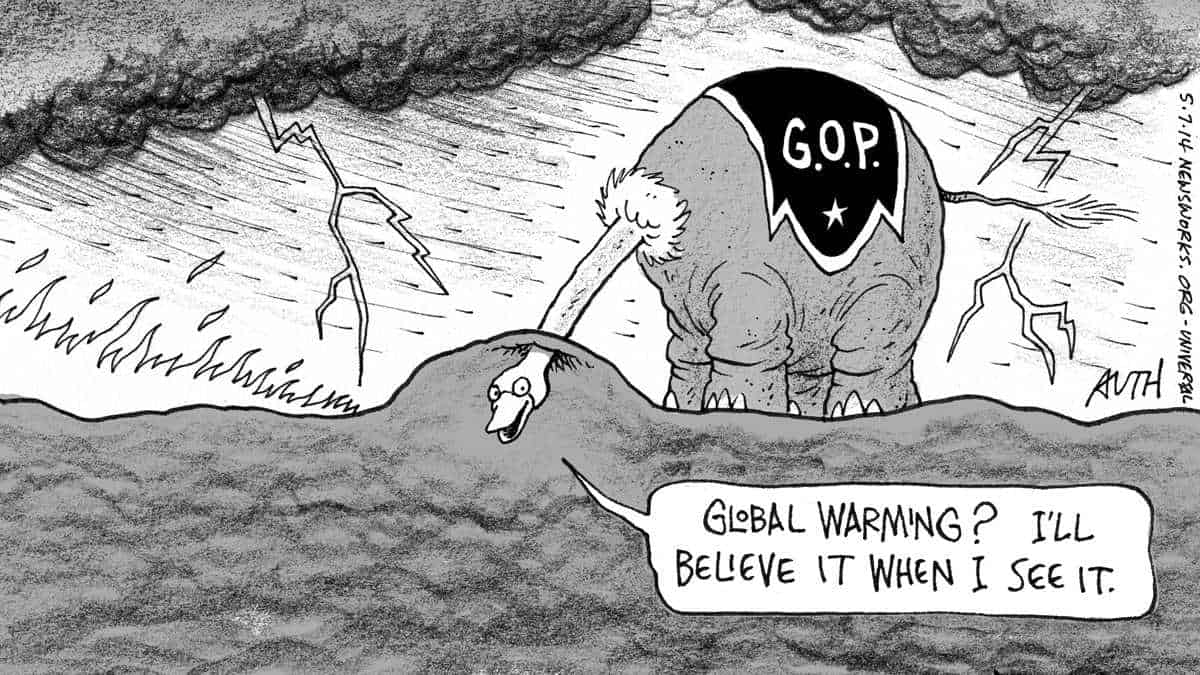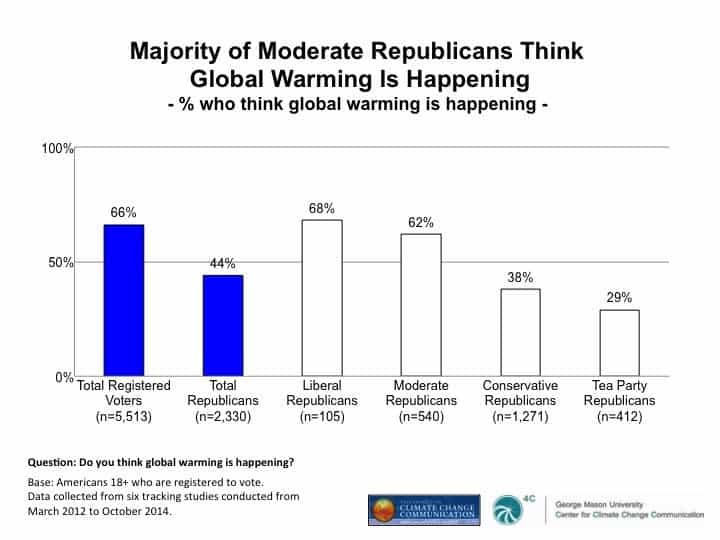Democrat and Republican politicians in the US have significantly changed their speeches in the past two centuries, according to a new study by computer science researchers, which showed speeches now use a simpler language and express more sentiments than before.

A team of researchers from Kansas State University looked at almost two million congressional speeches by US legislators from 1873 to 2010. They found, based on computer analysis, that the style of the speeches made in Congress changed quite a lot compared to several decades ago.
“The algorithms measured different aspects of the speeches such as the vocabulary, the reading level, the positive or negative sentiments expressed in the speeches, and more. The sentiments are measured by using artificial intelligence reading of the text,” said co-author Lios Shamir in a press release.
For their analysis, the researchers applied quantitative text analysis to examine changes in the speeches over 138 years. The approach was based on multiple text measurements computed from each speech and averaged in each year to obtain a statistical signal reflecting the trends of these measurements. Several noteworthy trends stand out, reflecting not only political but also societal changes.
For instance, the analysis showed a sharp increase in words related to women identity starting the 1980s. That change can be attributed to the increase in the number of women in Congress (which has been increasing consistently since 1981) and/or to the higher number of bills related to topics relevant to women — a social category largely ignored by lawmakers until a few decades ago.
“For most of the 20th century, however, there were no substantial differences between women’s identity in Democratic and Republican speeches, and expressions of women’s identity were about 10 times less frequent than expressions of men’s identity by legislators from both parties,” Shamir said.
The study also found that the speeches are becoming simpler; the analysis showed a significant change in the reading level of the speeches using the Coleman-Liau readability index, which assesses the reading level of texts and associates it with school grade. Speeches started becoming more complex in the 1920s and reached peak complexity in the 1970s, when they were, on average, at high school level vocabulary — and have steadily decreased since.

At the same time, the analysis concluded speeches made by Democrat legislators have a higher readability index compared to speeches of Republican legislators, and the difference has been becoming larger since the beginning of the 21st century. A very similar observation was made with the diversity of words, which is mathematically unrelated to the readability index but shows a very similar profile. Simply put the complexity levels of Republican and Democrat speeches have been largely similar (with some exceptions), but that trend seems to be changing substantially in recent years.
The researchers argued this could be related to speeches aiming at communicating with the general public through the media. Since politicians can reach more people through modern technology, they are trying to keep speeches simpler and accessible.
Another aspect seen in the analysis were emotions. More recent speeches express stronger sentiments compared to speeches made in the 19th century, but negative sentiments expressed in speeches have been declining since the 1980s. Since the 2000s, speeches of legislators from the opposite party of the president were more negative than speeches from legislators from the same political party as the president.
The analysis wouldn’t have been possible without automation, the researchers argued. The availability of computational tools for automatic text analysis enables a new type of research of political communication, providing insights that are difficult to identify and quantify with traditional manual analysis. However, it’s remarkable that this distinctly technological advance is showing something very human about how our society is changing.
“With natural language processing we can extract new knowledge from old data,” Shamir said. “There is no practical way to quantify and profile such a large number of speeches without using computers.”
The study was published in the journal Heliyon.





